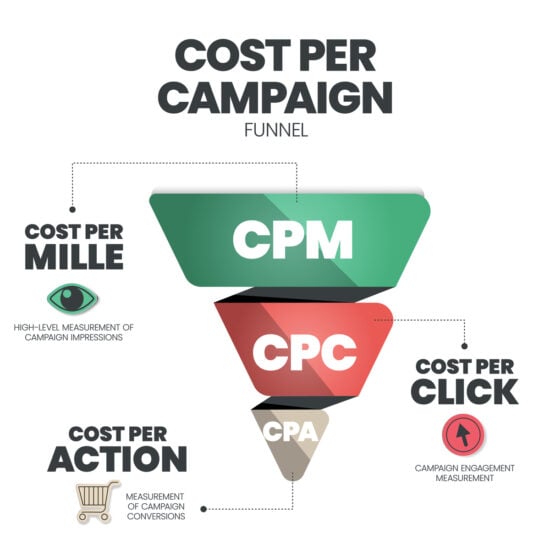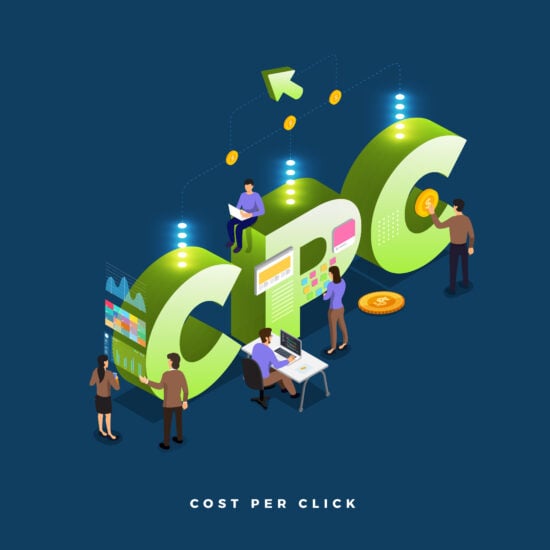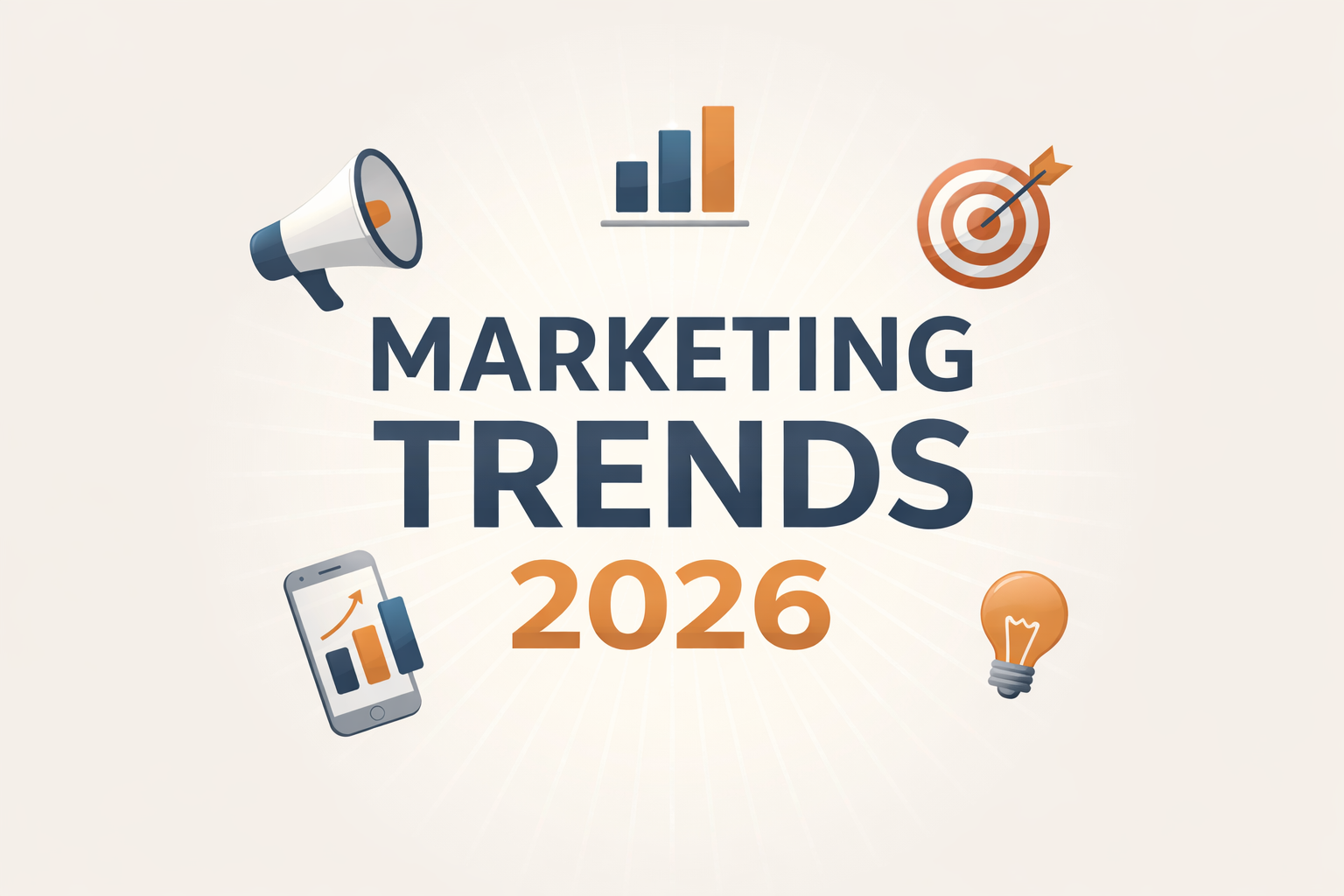
MfG, ROI or CTA - Which marketing abbreviations you should know

Marketing abbreviations can often be misleading. But as marketers, we rely on them to make statements about the impact of campaigns and measures. But there are more and more of them... Evernine uses small examples to show which terms are particularly important in digital campaigns, but are also problematic, and which solutions are available to make marketing a success today.
B2B, ROI, CTR, CPA - the world of marketing is full of confusing acronyms. Even long-time professionals in the industry know what they mean, but sometimes don't understand what's really behind the terms. ROI, return on investment, and CPA, cost per acquisition, are important figures, however, as they are necessary to measure the effectiveness and success of campaigns. In our blog post, we want to explain the terminology on the one hand and take an urgently needed critical look at it on the other.
The ROI challenge
Many marketing experts criticize the term “ROI”, for example. To this day, however, it remains in the vocabulary of CFOs and CMOs. (And two acronyms again ...) Because it is important for companies to know how their investments are paying off. The days when advertising campaigns were carried out for their own sake, without having to produce a concrete result, are over due to budget cuts and ever louder calls for more efficiency in marketing.

However, the ROI is by no means clear. It often lacks the right context. For example: ROI says nothing about the extent to which an advertisement has influenced the willingness to spend more on a product or service. However, this is an important effect that advertising can achieve.
Good campaigns that are played out over a long period of time allow companies to charge higher prices - and a price increase of just one percent is estimated to increase profits by up to eight percent!
A simple solution: no longer leave the term ROI alone! A simple clarification with an addition such as “conservative estimate of” or a temporal supplement with the addition of “long-term” or “short-term” would contextualize the meaningfulness of ROI.
A good CPA is the solution - right?
Another important figure in marketing is the term CPA, the cost per acquisition. This refers to nothing other than the monetary value used to acquire a new customer. Large advertising platforms such as Google show this value.

The only problem with this is that we have no way of knowing whether a person has actually been prompted to make a purchase by the ad or whether he or she has already made the purchase decision in advance, regardless of the campaign's appeal.
CPA is therefore misleading. Companies can be tempted to invest too much money in advertisements, even though the success suggested by a positive CPA value was not triggered by the campaign. In this case, this fixed marketing figure primarily benefits the advertising platforms and not the company's objectives. After all, they hardly benefit from advertisements if they are already generating extensive business through awareness of their brand or products.
The prerequisite for this is the development of a company's own brand identity. Evernine supports companies in this process and in this article we show why redesigning brand building is important right now.
The CPC brings visibility and traffic
The acronym CPC stands for “cost per click” and is another important term in online marketing. It refers to the costs that an advertiser has to pay per click on an ad that is placed on a website, search engine or other platform.

CPC is a common billing method in pay-per-click advertising (PPC), where the advertiser only pays when a user actually clicks on the ad and is therefore redirected to the advertiser's website.
The importance of CPC in marketing lies in the fact that it offers a way of evaluating the efficiency of an ad and controlling the reach of a campaign. With CPC, the advertiser can track the number of actual clicks on their ads and calculate the cost per click.
This makes it possible to control the budget more effectively and ensure that the ad reaches the target group.
Exploit the full potential with connected marketing
However, companies have simply become accustomed to the fact that they can constantly acquire new customers through a low CPC and CPA without questioning whether there is a causal relationship here at all. It is therefore important to differentiate between “sales-that-follow-a-click” and “sales-caused-by-the-click”!
How can this be achieved? By marketers not only looking at the CPA, but also including other data in the context - such as the CPC, the increased reach in the target group and ultimately the actual conversion of leads into new customers! This requires smooth cooperation between all departments, in this case of course marketing and sales. The aim is to optimize communication between the individual players in order to achieve greater efficiency and reduce costs overall.
Evernine has put this strategy into practice with the Connected Marketing model. As a communications consultancy and full-service agency, we are able to accompany our clients on their journey into the digital future of communication with “One Voice”. And in our campaigns, only the acronyms that actually make a contextual statement are important. You can find more information in this article and in our Quick Guide!
CTA, CPM and ROI
B2B, B2C and KPI
SEM, UGC and SEO
MQL, SQL - we know them now.
MfG - Yours sincerely, now we too have an overview like the Fantastischen Vier in their hit.



